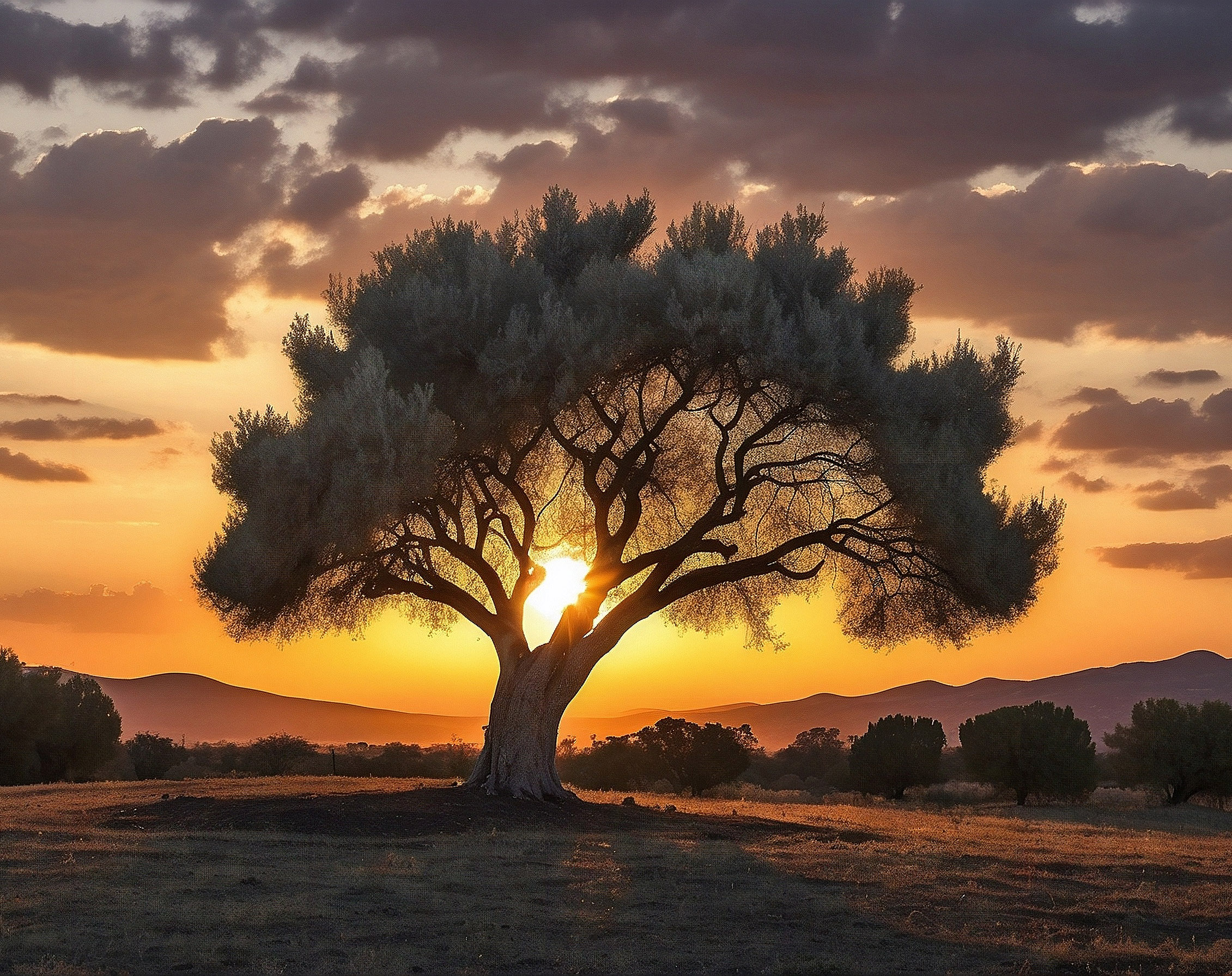
Olea Europaea
The name of the olive tree in systematic botany is olea europaea. The origin of the term olea is Greek. The olive belongs to the family of Oleaceae, which includes about 30 species, such as jasmine, honey and wild myrtle. It is the only species from this family that gives edible fruit. Approximately 750 to 850 million olive trees of the earth belong to about 1000 recorded varieties, which have been developed through the ages.
The olive tree is a particularly resistant tree, long-lived and evergreen grows to a height of up to 20m. and can survive in areas with minimal rainfall, even with 220mm of rain a year, as it is in east Crete. It is not a demanding tree and it also grows in limestone soils. In these soils, the root system of the trees reaches a sufficient depth and spreads over a large area. The olive tree reaches full production after 25 months to 30 years, but can live for centuries or even millennia.
Its leaves are maintained for three years, but each year they are partially renewed. They are light green above, silver below, and covered by bristles to limit moisture evaporation. Its trunk is cylindrical and irregular, while in old trees it bears abundant bumps. The bark when the tree is young is ash green, but later it acquires an ash color or dark, so it wrinkles and tears. The wood is yellowish on the outside and dark inwards, hard and durable. The flowers are small, yellowish-white and fragrant and grow in the axils of the leaves. Their calyx consists of four sepals, the corolla is four-petaled, the stamens two, while the pistil is two-lobed and has a bilobed stigma. The fruit of the olive tree is a drupe.
It usually bears fruit every other year, but many times it bears fruit irregularly and when it receives appropriate care (fertilization, irrigation, pruning, timely collection) bears fruit almost annually. Finally, though it withstands difficult weather conditions, nevertheless to grow normally and to give the maximum of its fruitfulness, it should be in areas where the temperature in the winter months does not fall below minus 9°C. Very low temperatures can even kill the tree, while noticeable is the fact that relatively low-temperature conditions are necessary during the winter to flower and bear fruit next year.
For the Mediterranean countries, olive cultivation plays a primary role in their economy, since it utilizes lands that would hardly be able to to support other crops. On a global scale, every year or so are cultivated 750 million olive trees, i.e. which corresponds to approximately 70 million hectares of land. 97% of the world's olive oil production belongs to the Mediterranean countries.